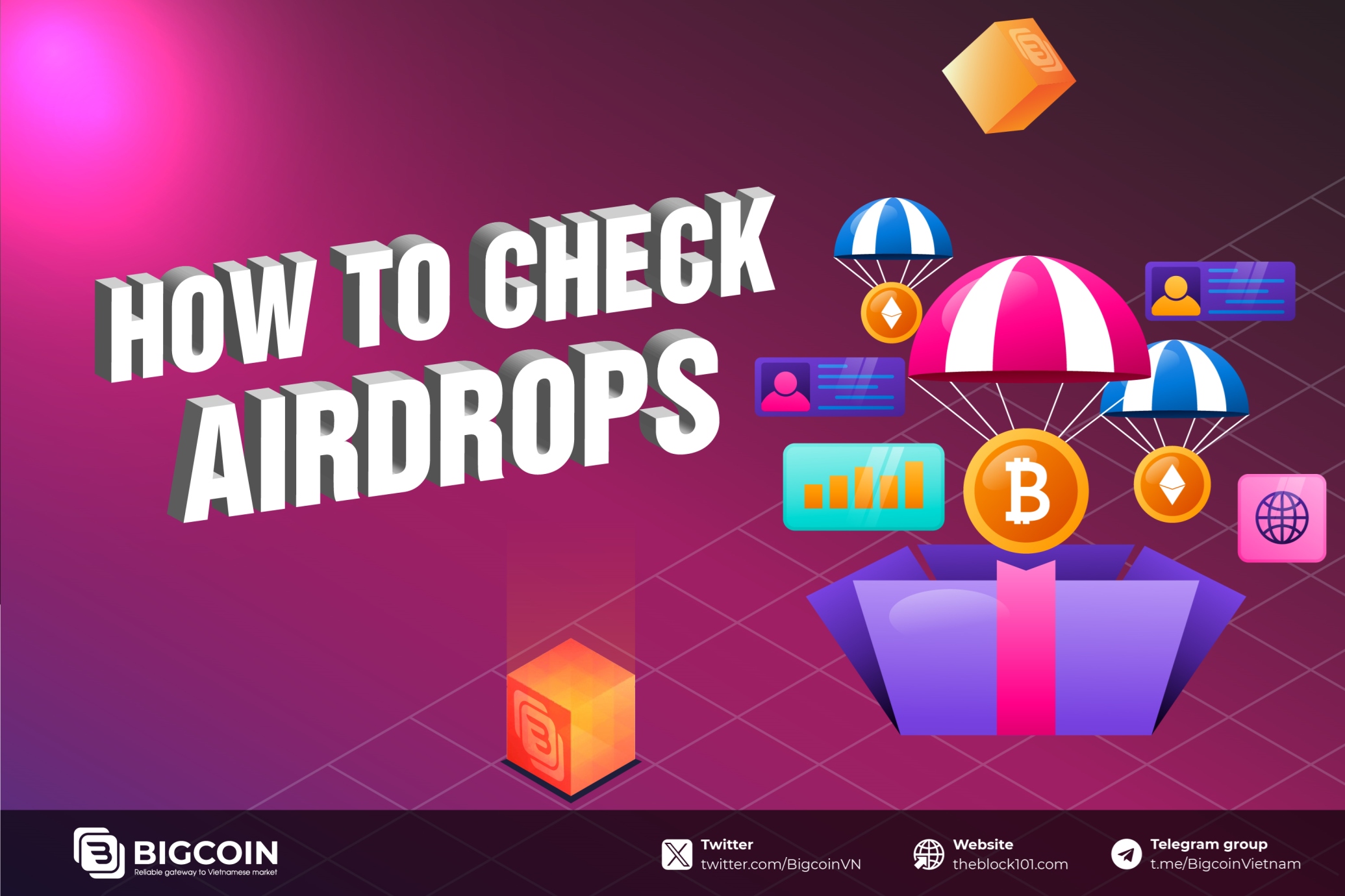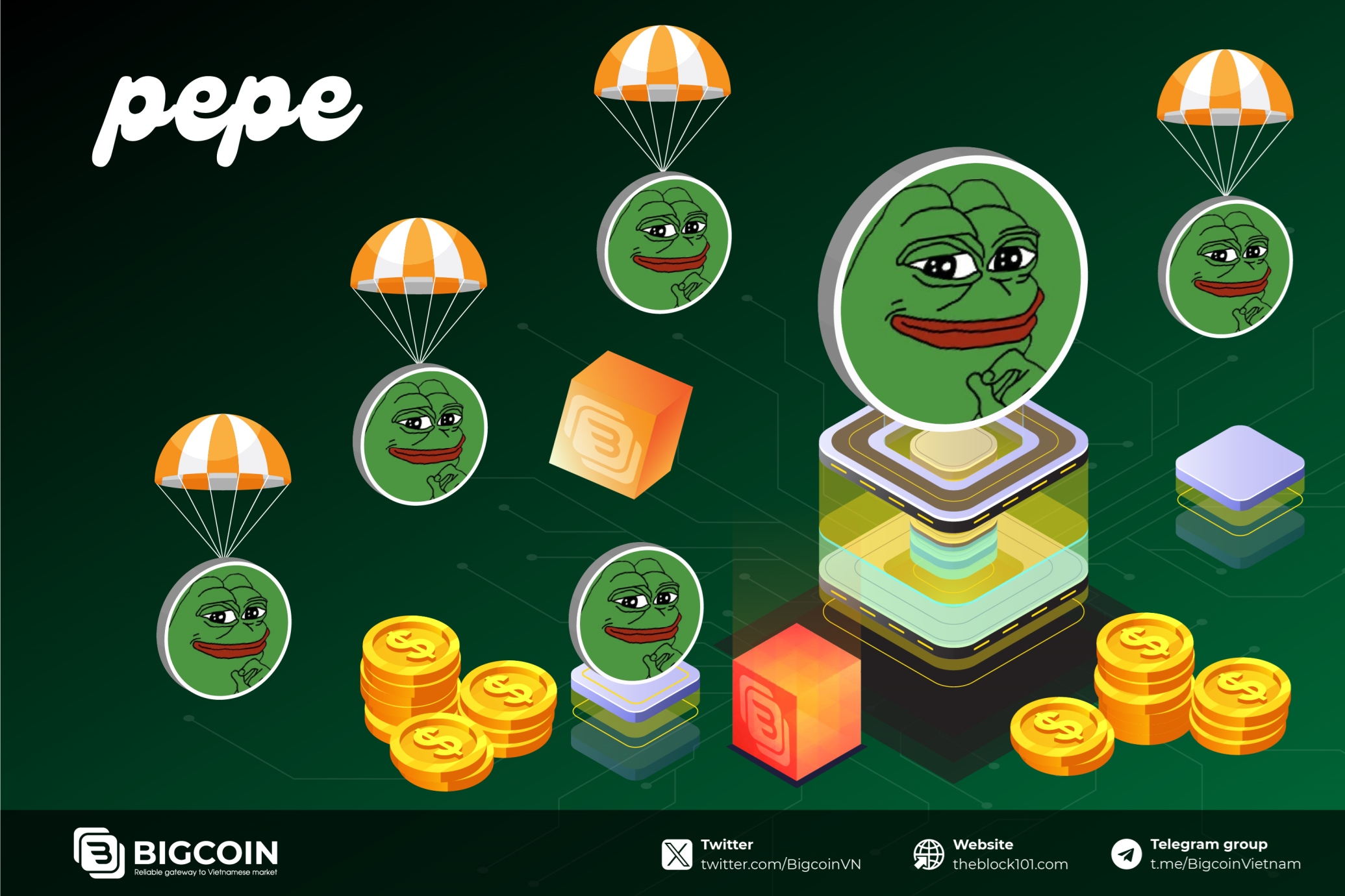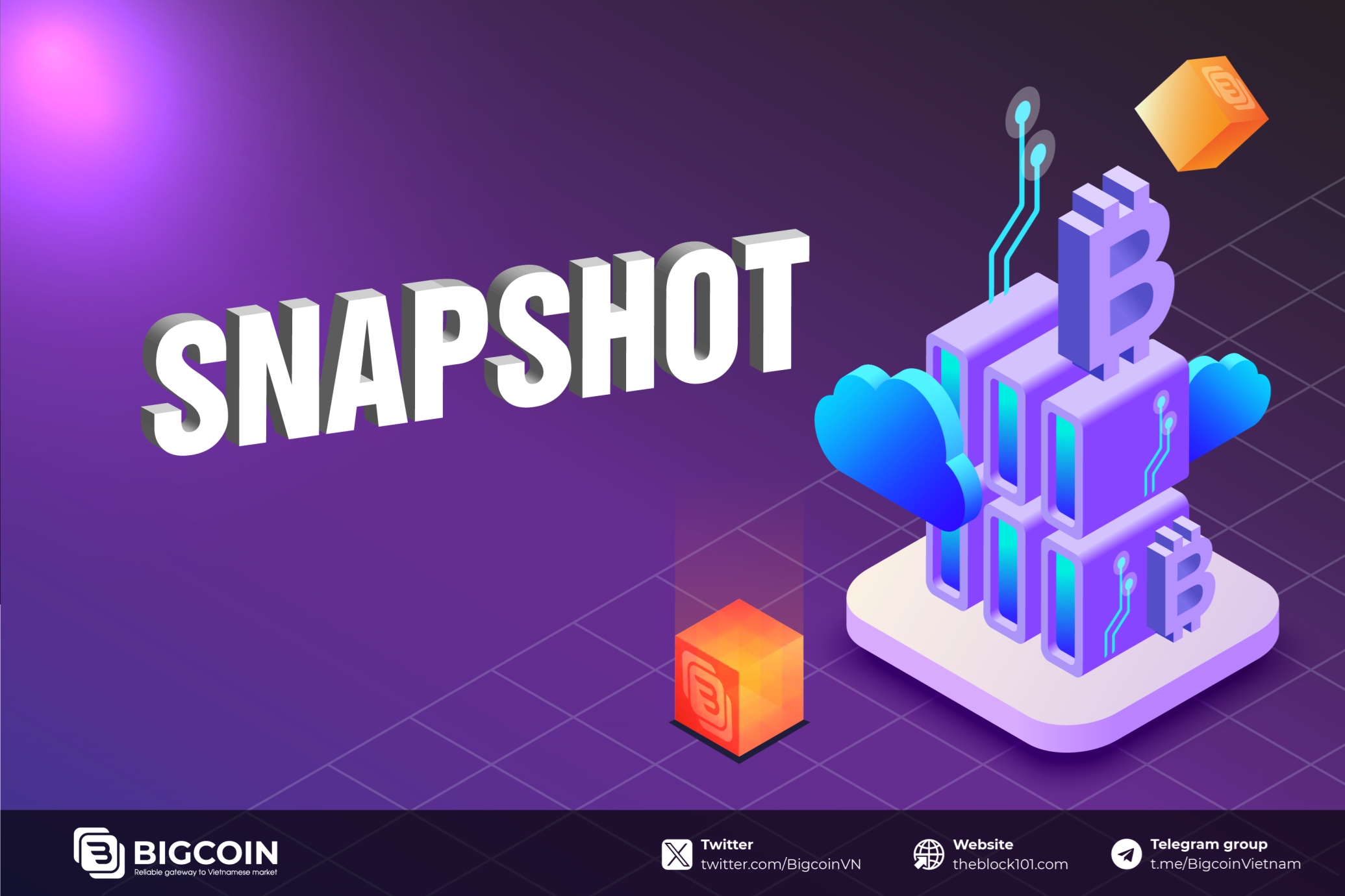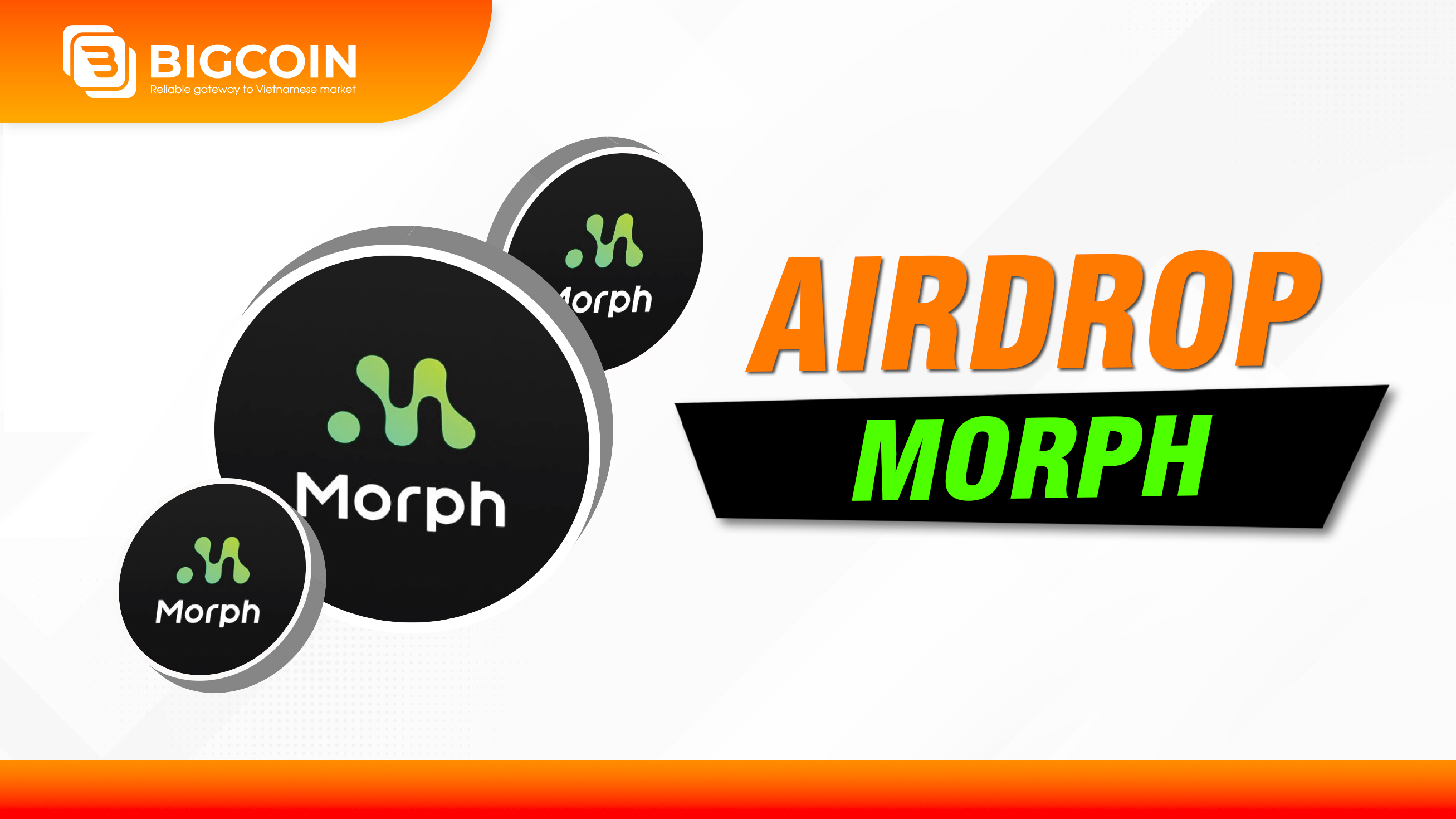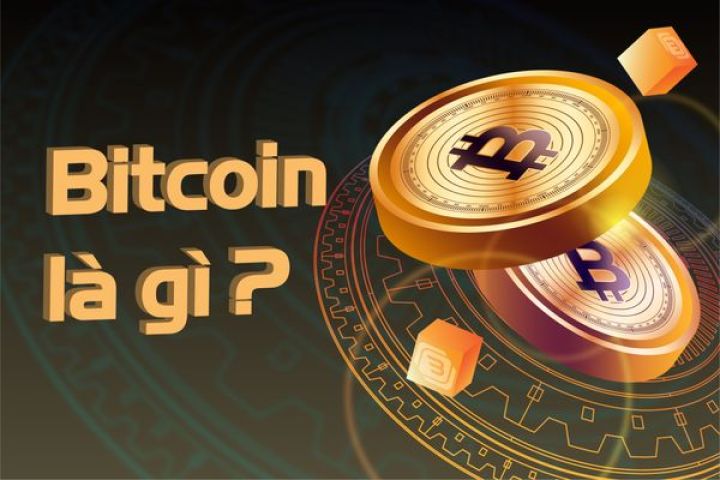1. What are Solana Ecosystem Coins?
1.1. What is the Solana Ecosystem?
Solana ecosystem is a high-performance blockchain platform designed to support decentralized applications (dApps) and crypto-currencies. Launched in 2020, Solana aims to provide scalability without compromising decentralization and security. Its unique consensus mechanism, Proof of History (PoH), combined with Proof of Stake (PoS), enables Solana to process thousands of transactions per second at a fraction of the cost of other blockchain networks.
1.2. What are Solana Ecosystem Coins?
Solana ecosystem coins are tokens that operate within the Solana blockchain network. These tokens serve various purposes, including governance, utility, and facilitating transactions within decentralized applications. The primary coin of the Solana network is SOL, but numerous other tokens have been developed on this platform, each contributing to the ecosystem’s growth and diversity.
2. Key Solana Ecosystem Coins
2.1. Pyth (PYTH)
Pyth Network offers a tailored oracle service within the Solana ecosystem, delivering precise and instantaneous financial market data.
Utilizing the rapidity and expandability of Solana, Pyth is set to narrow the divide between DeFi and conventional financial markets by providing a secure data exchange and access platform.
Pyth stands out for its provision of dependable and prompt data, which is vital for the operation of smart contracts and DeFi applications. Pyth specializes in high-frequency, authenticated market data, supported by collaborations with top financial entities.
Its specialized role, coupled with the increasing need for trustworthy data in the cryptocurrency market, sets Pyth on a path to considerable expansion. Anticipated future partnerships with more financial markets and data contributors are likely to boost its functionality and popularity.
2.2. Jupiter (JUP)
Jupiter is recognized as the premier liquidity aggregator on the Solana blockchain, aiming to deliver the most efficient trade executions across various decentralized exchanges (DEXs).
By consolidating liquidity and pinpointing the best trading paths, it enhances the trading experience and boosts efficiency.
The token distinguishes itself with an all-encompassing strategy for aggregation, guaranteeing the most advantageous trading outcomes for users. Its unique algorithm searches through numerous DEXs in the Solana network, ensuring both efficiency and cost-effectiveness. With the expansion of DeFi and a surge in transaction volume, the importance of Jupiter is set to grow significantly.
Ongoing enhancements to the platform and the possibility of introducing additional features like lending and yield farming may act as drivers for wider adoption and increased value of the token.
2.3. Bonk (BONK)
Bonk, a meme coin in the Solana network, emerged from a community-led effort. It seeks to offer an engaging and inclusive crypto experience, similar to Dogecoin's initial days. Bonk stands out in the Solana community for its significant utility and ability to drive active involvement.
Its unique community-focused strategy and deflationary tactics, which burn tokens during transactions, may lead to increased rarity and value over time.
Bonk has succeeded in establishing practical uses within the Solana ecosystem, such as NFT initiatives and community gatherings, setting it apart from other meme coins. The grassroots campaign and potential for widespread popularity, along with deliberate token burns and expanding collaborations, underscore Bonk's potential for significant influence in the meme coin space and further.
3. Advantage and disadvantage of Solana Ecosystem Coins
3.1. Advantage
High throughput and low fees: Solana’s architecture allows for fast transaction processing with minimal fees, making it an attractive platform for developers and users.
Scalability: Solana can handle a large number of transactions per second, addressing one of the biggest challenges faced by other blockchain networks.
Vibrant developer community: The Solana ecosystem is supported by a growing community of developers, continuously building innovative applications and contributing to the platform’s development.
Interoperability: Solana ecosystem coins can interact seamlessly within the network, providing users with a wide range of services and applications.
3.2. Disadvantage
Market volatility: Like all cryptocurrencies, Solana ecosystem coins are subject to market volatility. Investors should be prepared for significant price fluctuations.
Regulatory risks: The regulatory landscape for cryptocurrencies is still evolving. Changes in regulations can impact the value and usability of Solana ecosystem coins.
Technology risks: While Solana’s technology is advanced, it is still relatively new. Technical issues or vulnerabilities could potentially arise, affecting the network and its tokens.
4. Conclusion
Solana ecosystem coins represent a dynamic and rapidly growing segment of the cryptocurrency market. With its robust infrastructure, high performance, and diverse range of projects, Solana is well-positioned to play a significant role in the future of blockchain technology. Understanding the key coins within this ecosystem, their functions, and their potential benefits can help investors and users make informed decisions and capitalize on the opportunities presented by this innovative platform.
Read more:
- What is Solana (SOL)? Overview of SOL coin
- What is Solana Airdrop? Step-by-Step Guide to farm Airdrops on Solana
- What Is Pyth Network?


 Tiếng Việt
Tiếng Việt.jpg)
.jpg)
.jpg)
.jpg)
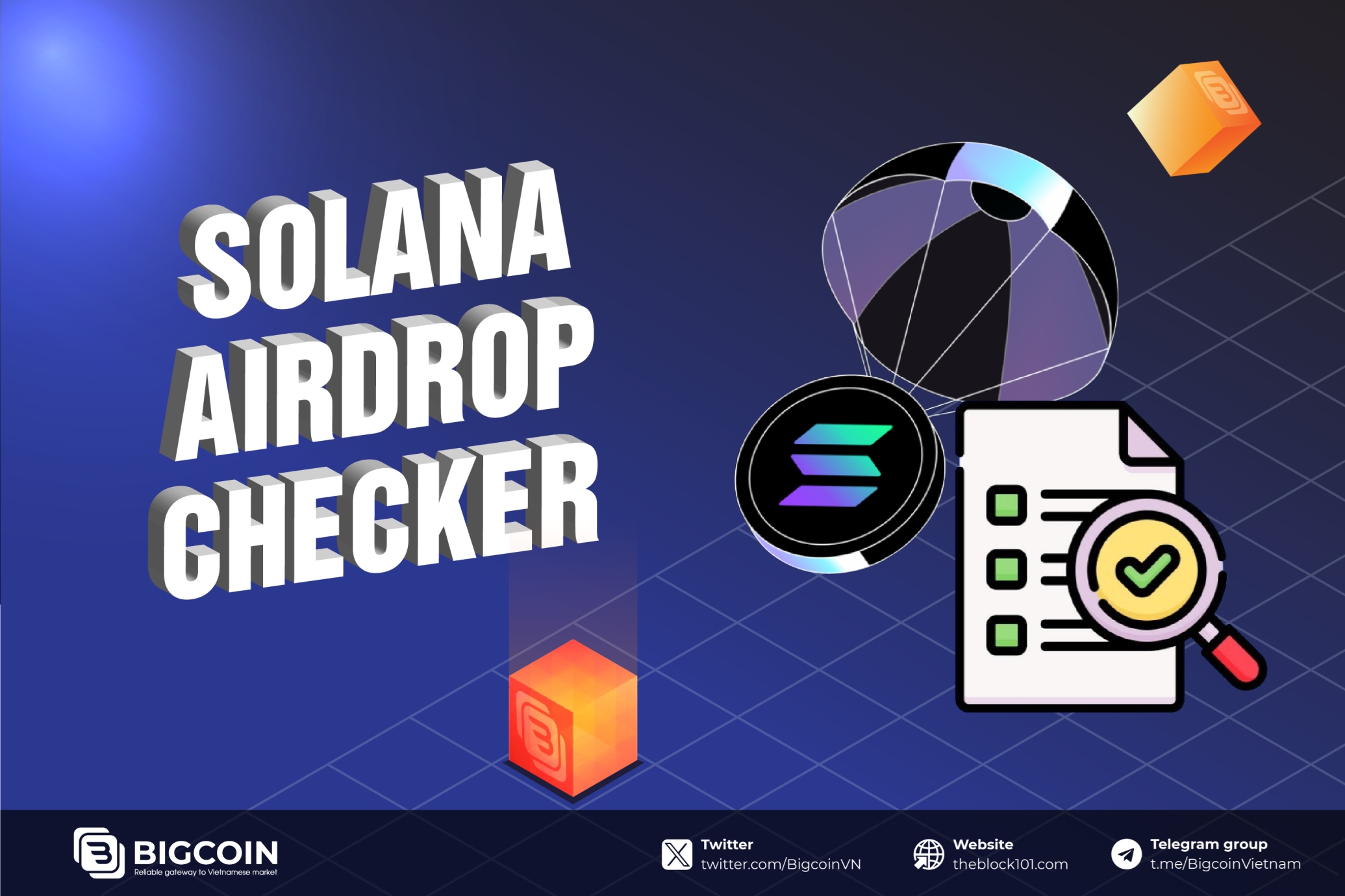
.jpg)
